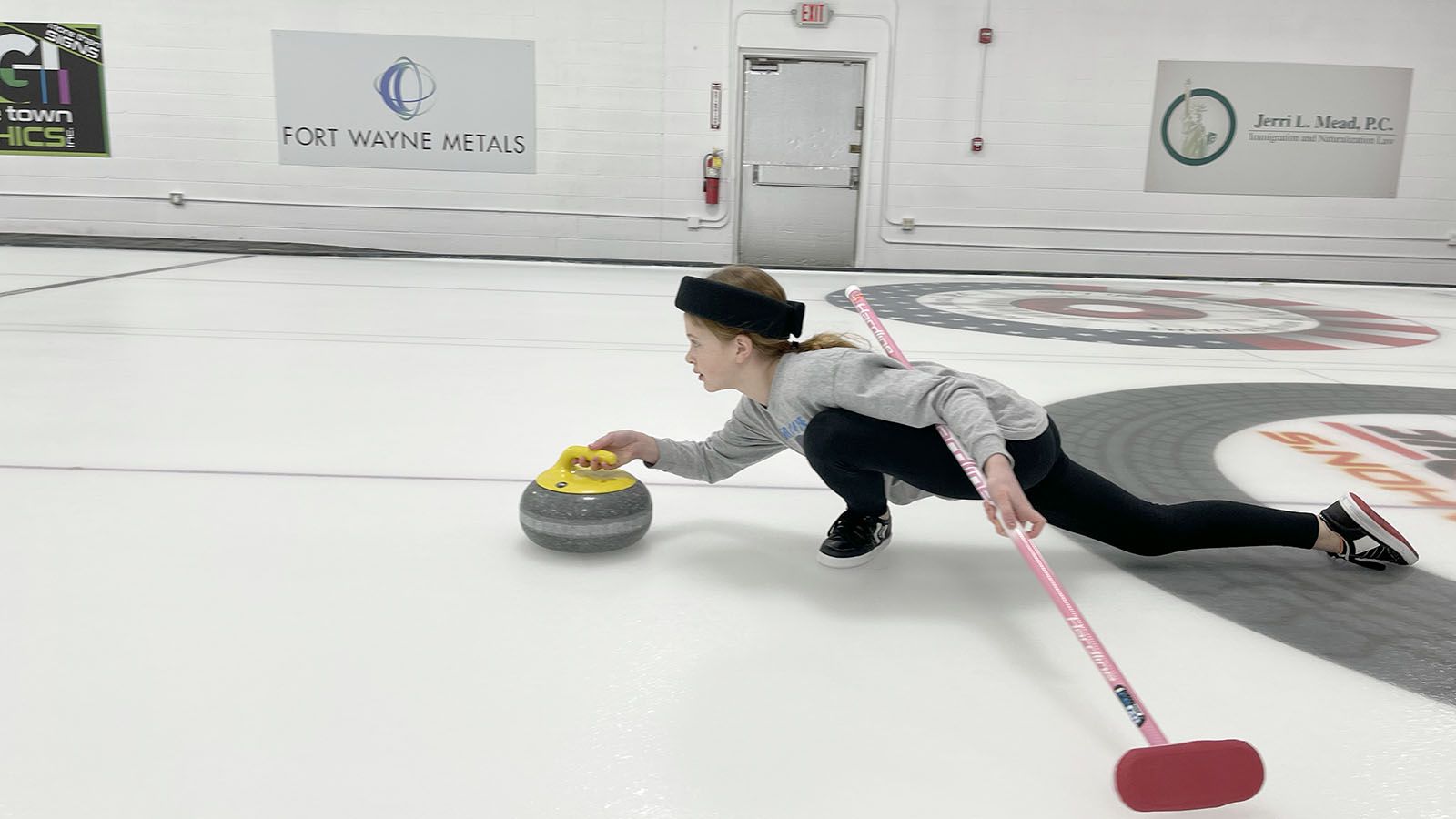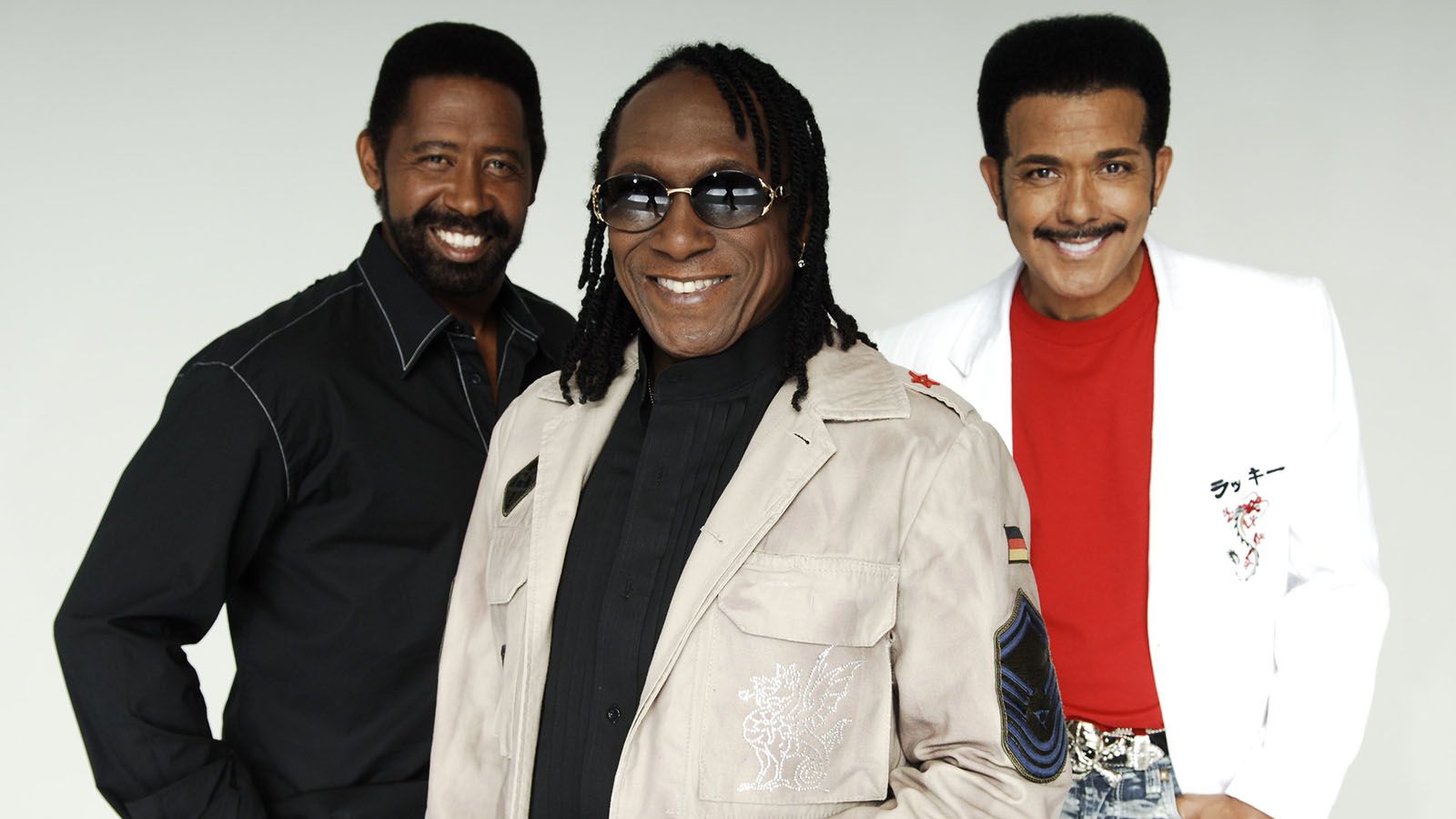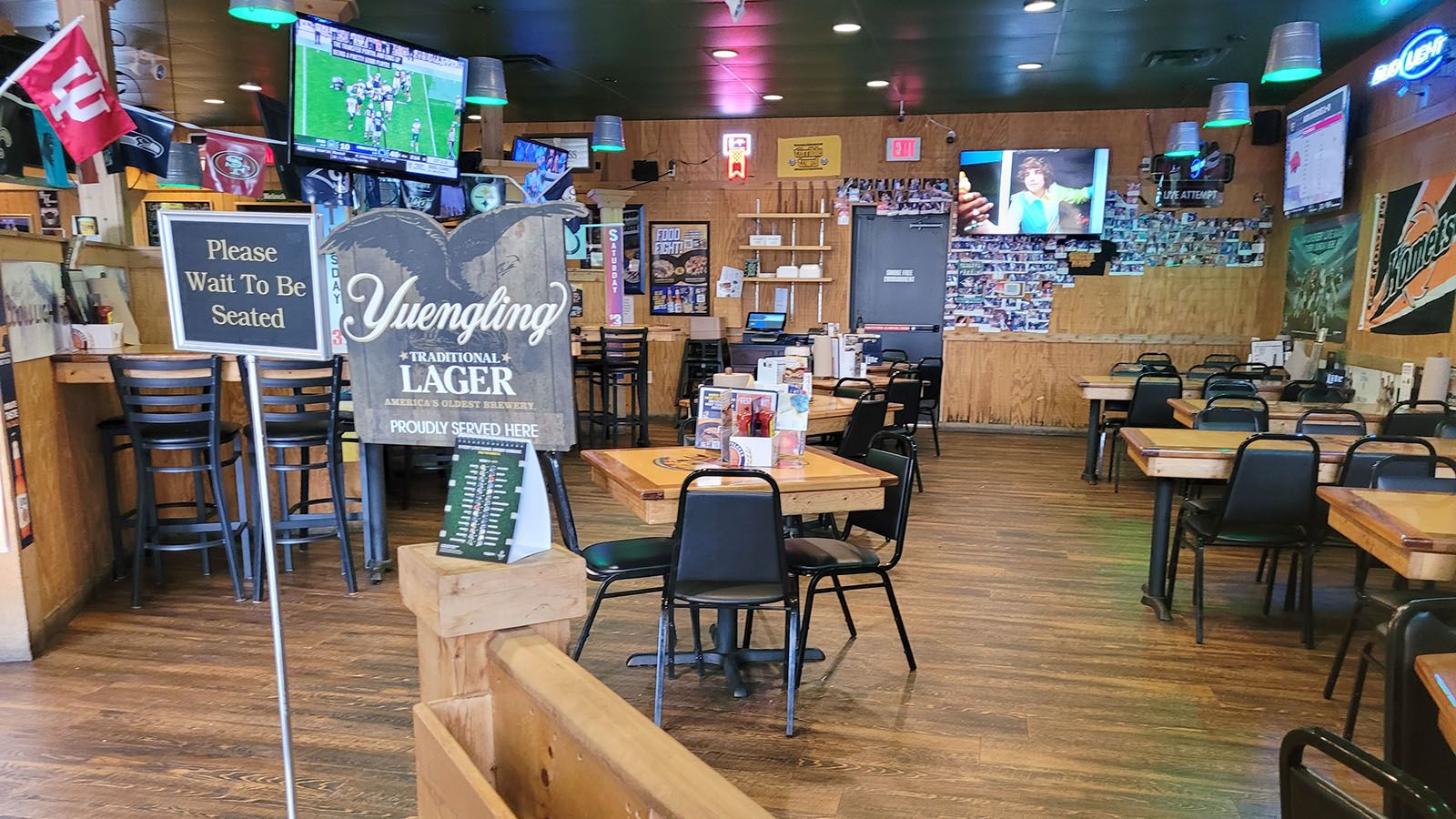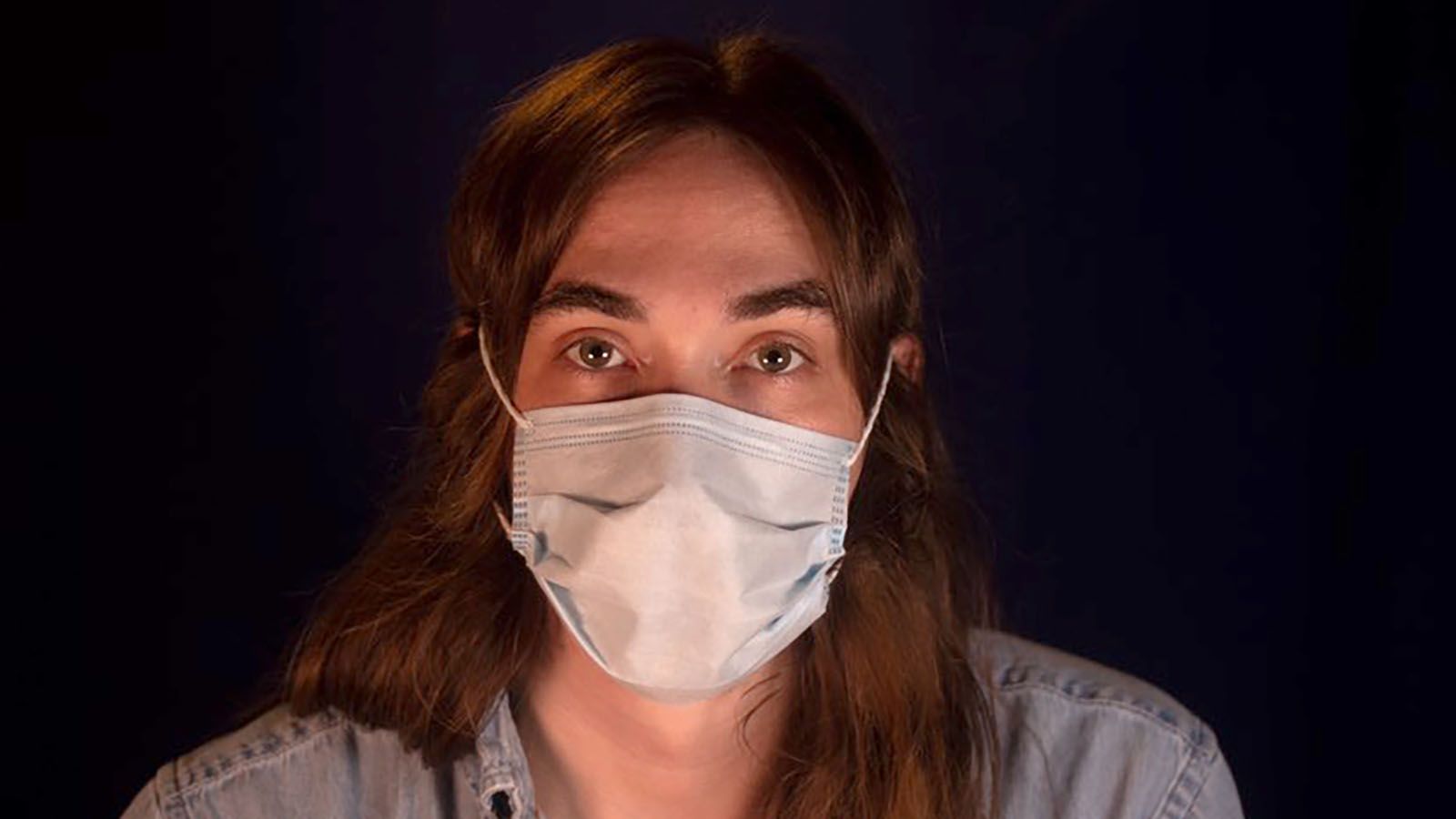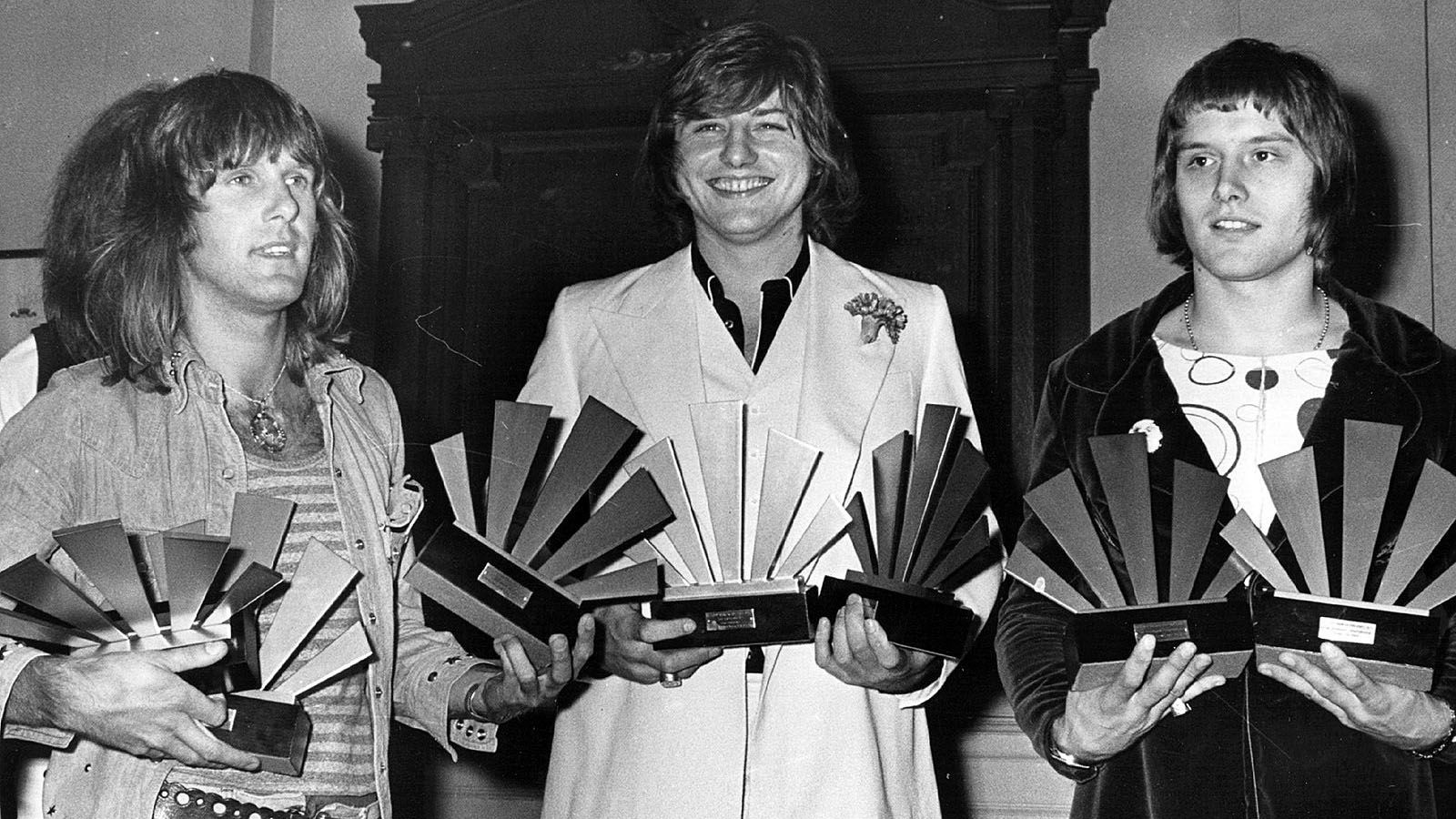You probably don’t know it, but Fort Wayne is a hot bed — or should we say cold bed — for the Olympic sport of curling.
Away from the roar of crowds and the unblinking lens of television cameras, the Fort Wayne Curling Club has crafted a thriving community for the sport.
Craig Fischer is one of the founders, and he’s witnessed the sport grow from its early days of just over a decade ago.
“We are never going to get to Wisconsin, Minnesota, or North Dakota levels, but we brought the sport to the state,” Fischer said. “We’ve introduced thousands to the sport, and we’ve been asked by the governing body of the sport to host national championship events.”
Strong reputation
Fort Wayne has drawn the attention of the international curling community, and dozens of Olympians have played locally. Fischer says some were Olympians before they came to Fort Wayne, others after playing here, including Tyler George, a member of the 2018 U.S. gold medal team in Pyeongchang. Others have come as individuals or as part of a national team.
There are also those in the Olympic system as up-and-comers or participants in trials for the Winter Games. Fort Wayne’s reputation draws for hosting quality events.
This month, the local club hosted more than 120 competitors from as far away as California and New Hampshire for their end of summer spiel, curling jargon for competition.
It’s a great feather in the cap to have a connection with the sport’s elite, but Fischer says his club’s focus is on building the local base. With leagues, Learn to Curl nights, and programs for those with special needs, the club has several hundred participants, and the special needs program is the largest in the U.S.
Overall, the youngest curler is 10 years old, the oldest is 74.
learning the sport
The sport involves sliding 42-pound curling stones across a 150-foot sheet of ice toward a large circle, with a smaller bullseye in the center. The winner is determined by how close the stones get to the center of a set of rings. To help the stone move along, three team members use brooms to clear the ice to move the stone along, known as sweeping.
Fischer says it’s a game of skill and intrigue.
“It’s very strategic; like chess, you have to be thinking two or three moves ahead,” he said. “It’s (also) like billiards, because stones will collide and bounce off at an angle. Then the sweeping is like running wind sprints. It’s much more intense than people think.”
Sweeping can be a test of a player’s physical conditioning, according to Fischer.
“It can be strenuous; it doesn’t have to be,” he said. “You can play it to your level of physical ability. But if you’re trying, it’s very strenuous. I’ve had people that I taught when I just did a training run at half-speed that got down there and were just like, ‘I can’t do this; this is too much now.’ ”
Its complexity also includes the golf-like skill of reading surface conditions. Ice quality and thickness impact how the stones move toward the target rings.
The sport is competitive, but the camaraderie of players and opponents is unique.
“It’s a sport that’s really rooted in sportsmanship and socialization,” Fischer said. “So, there’s a tradition called Boon stacking, where after the game, you sit and socialize with your opponents. The winners buy drinks for the losers.”
Re-establishing local league
Invented in the 1500s on the frozen lochs of Scotland, curling became popular in Canada in the late 1800s.
Fort Wayne’s roots date back to the 1880s, but several clubs died off. The curling club was re-established in Fort Wayne almost 100 years after the last known leagues and facilities closed.
It all began when Fischer and his wife were watching the Olympics, and they began considering the sport as an outlet for their special needs son. They investigated and started attending curling events in Bowling Green, Ohio, and were hooked.
Once SportONE Parkview Icehouse opened in 2010, they got the ball rolling by renting ice time.
On June 5, 2010, Fischer, Greg Eigner, Jerri Mead, and Dan McCoy re-established the club, beginning with lessons at the Icehouse.
In 2014, the club moved down the street on North Wells, in what is now 2 Toms Brewing, before purchasing their current site at 3837 N. Wells St. in 2018, where they began the 2019 season.
“People are excited about it,” Fischer said about the four-sheet venue. “They come in and are blown away by the facility and everything else. They have a good time when they come out.”
The process of getting involved is methodical with Learn to Curl nights. From there, they can join a rookie league and eventually a regular league.
Fischer says they are very sensitive to newcomers.
“We’ve got coaches there to guide you through it,” he said. “In the first week, the coaches are heavily involved. By the last week of the six-week league, you’re pushing the coaches away.”
 Submit Your Event
Submit Your Event